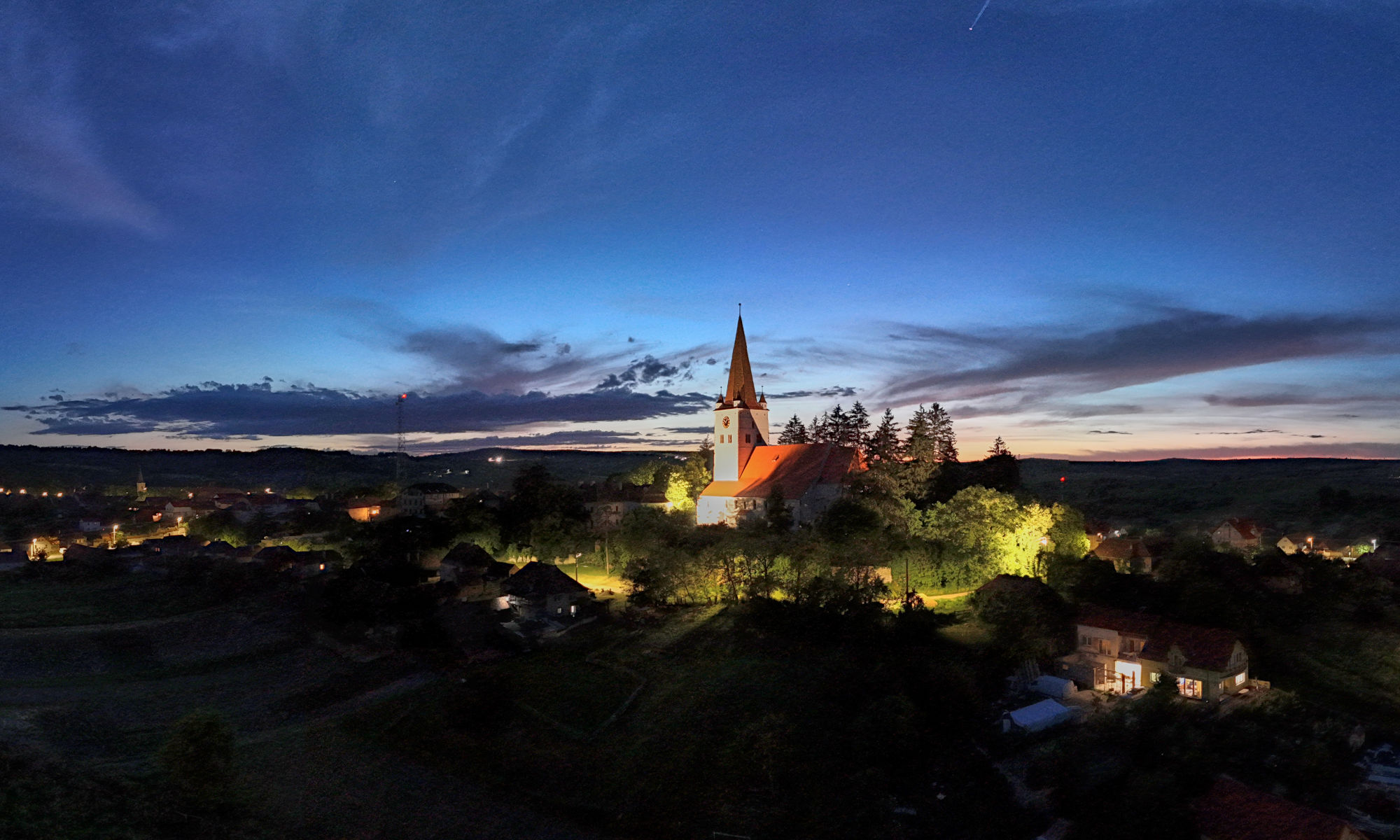The spot of Transylvania
Framed by the rivers Olt (Old) and Târnava Mare (Great Kokel), the fascinating diversity of the Transylvanian hill country awaits you:
Villages and fortified churches that look like they’re straight out of a medieval film. Forests where bears live, rolling hills and rugged cliffs over which eagles circle majestically.
Craftsmanship, ancient traditions, a distinctive food culture and countless stories and legends make this region something very special.
Transylvania offers one of the most exciting combinations of traditional and multicultural village communities in all of Central Europe. Here, the natural and cultural treasures are still used and preserved in a sustainable way.
You can experience the wild nature up close, immerse yourself in the extraordinary history of the Transylvanian Saxons and discover how different peoples have lived together in harmony for centuries.
Forget the paved roads – take the centuries-old paths instead. Immerse yourself in a world that you will hardly find anywhere else in Europe. Experience the history of Europe’s last medieval cultural landscape up close and actively.
An area with a long history
The settlers did a great job: they built fortresses, fortified churches, villages and towns that to this day bear German names in addition to their Romanian ones.
Although the Transylvanian Saxons – as these settlers were called – almost all returned to Germany after the Second World War, their traces are still visible everywhere.
Not only in the impressive buildings and place names, but also in the language.
Learning German is actually quite popular in Transylvania!
In addition to English, French, Spanish and Italian are taught here. In the larger cities you can even find completely German schools – how cool is that?
And why is the region actually called Transylvania?
There are many different definitions of this. The term probably goes back to the fact that the Transylvanian Saxons had special rights – including their own jurisdiction. There were seven so-called ‘judge’s seats’, i.e. places where judges were based.
The judges were also called ‘bailiffs’.
This is not entirely certain, but one thing is certain: the name has become established through German influence.
Bears, Mountains and Wilderness
When I tried the traditional food, I was completely hooked. I had found my little paradise and wanted to share it with others.
Since then, I have returned regularly with small groups. Together we have explored the breathtaking nature, the diverse culture and the special way of life. As a volunteer guide, I not only showed the others the area, but also discovered new things myself.
A special highlight for me was the project of a local architect – the Casa Verde . It reawakened an old dream in me: to build a house from ecological materials.
An approach to this was soon developed. But in the end it became a traditional Transylvanian farmhouse from 1888.
This house was also built from ecological materials.
It is probably no less work to restore it and redesign it so that it corresponds to today’s lifestyle and yet retains its original charm.
